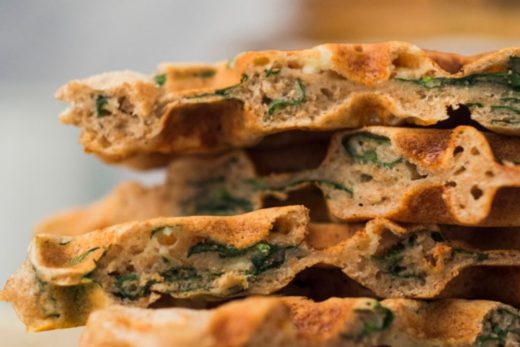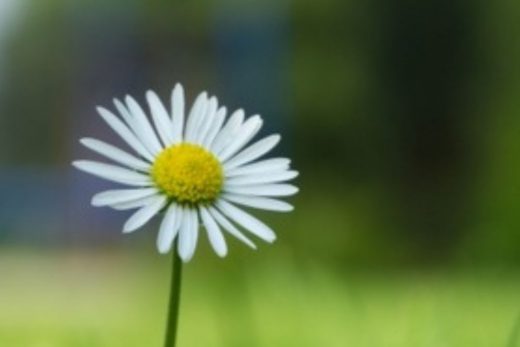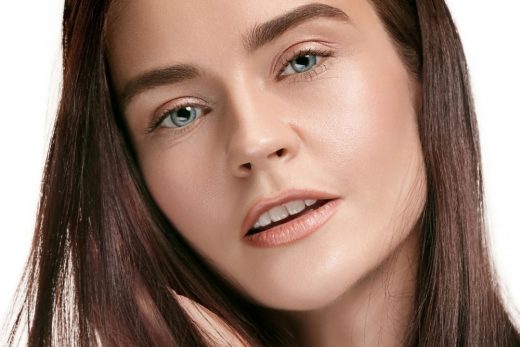Confused about the difference between setting powder and finishing powder? That’s completely understandable. At a glance, the two products look virtually the same (they either come in a loose powder or are pressed into a compact) and they seem to be used interchangeably. However, they are indeed two different products that yield two very different results. We’ll explain.
WHAT IS SETTING POWDER?
A setting powder does exactly what its name implies: it sets your makeup. Setting powders often contain ingredients like talc and silica, which absorb excess oils from your skin and from any base products you use like liquid or cream foundations and concealers. In doing so, they help to reduce shine and lock your makeup in place so it’s less likely to rub or wear off.
WHAT IS FINISHING POWDER?
A finishing powder, on the other hand, is used to add a finishing touch to your makeup. You can think of it as the makeup equivalent of an Instagram filter or blur tool in Photoshop. (In analog terms, it’s like sitting in front of good lighting.)
The purpose of a finishing powder is to soften any hard lines (from going overboard with your blush, for example) and to minimize the appearance of pores or any texture in your skin. As the last step in your makeup routine, a finishing powder helps to blend everything together, so you get a more airbrushed effect.
WHAT’S THE DIFFERENCE BETWEEN SETTING POWDER AND FINISHING POWDER?
The main difference is that a finishing powder is used to smooth things out, while a setting powder is used to make things last. So, if you’re primarily concerned with uneven texture (whether that’s from fine lines, acne scars or enlarged pores) or if you really just prefer the look of that airbrushed Instagram-filter skin, try adding a finishing powder to your routine. If you’re simply trying to get longer wear from your makeup, a setting powder can help.
Now some of you might be wondering if you can use the both of them together, and the answer is yes, in which case, you’ll want to apply the finishing powder second. (Remember: Finishing powder always goes on last.)
We’d also recommend applying the powders sparingly, making sure to tap off any excess before brushing them onto your face, and targeting where you put the setting powder (i.e., just along the oiliest parts of your face like your forehead and nose) rather than blanketing your entire face in it.





